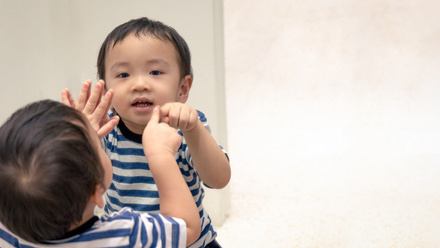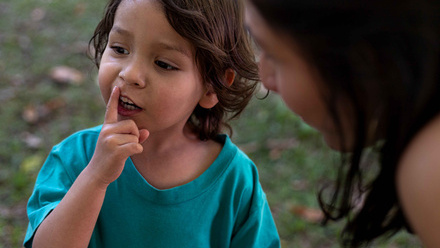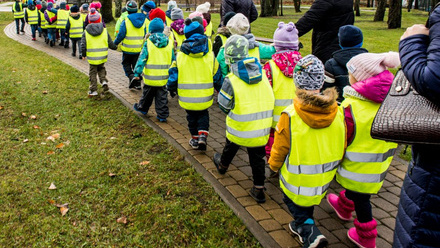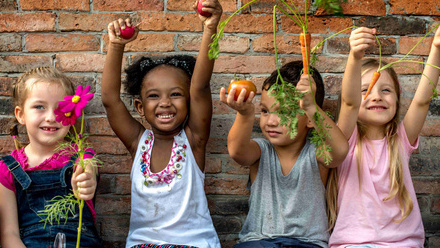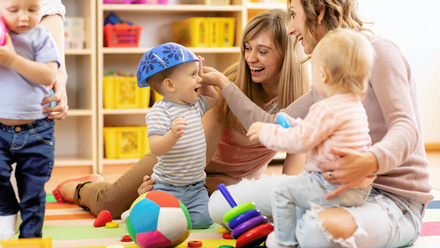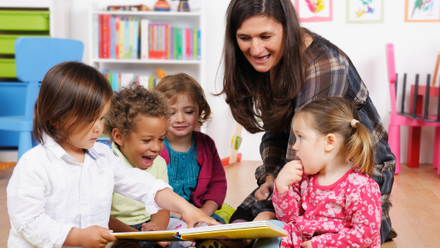Early years activity: Sharing and telling stories
Sharing and telling stories helps children develop language, imagination, and social skills. It builds vocabulary, strengthens memory, and teaches important life lessons. Stories also foster empathy, creativity, and a love for reading, laying the foundation for lifelong learning.
Sharing and telling stories learning aims
- Develop a love of stories
- Express own preferences
- Develop new vocabulary
- Positively support understanding of their physical selves and social identities
- Support listening and attention.
Resources you will need for this activity
- Children’s favourite stories
- Quiet spaces for children to enjoy hearing and telling stories
- Small world toys/props/pieces of fabric etc. to support story telling.
Sharing and telling stories activity outline
- Choose three or four of your nursery children’s favourite stories
- Create a tray/mat for each book with small world figures/animals, key props – bowls, a bridge, natural items, pieces of fabric etc
- Explain to the children that they are going to be visiting different story worlds and you’d like them to tell the story together using the objects (you could involve the children in gathering the objects for each story prior to this stage)
- Locate the story trays/mats indoors or outdoors – you could let the story content determine this, for example, ‘The Three Billy Goats Gruff’ could be outdoors on grass or a blanket/sheet
- Encourage the children to explore the tray/mat. Be prepared to model storytelling using the props
- Offer sentence starters, for example, “In the forest/house/farm there lived…”, “One windy/sunny/rainy day…”
- Model using sequencing language such as first, then, finally
- Motivate children with offering problems and surprises such as saying, “Oh no!..” or, “They couldn’t because….”
- Suggest feelings and thoughts such as, “They were so happy/sad/frightened because…”
- Model character’s dialogue such as saying, “Let’s go together” or, “Where do you live?”
- Add vocabulary such as setting words – forest, mountain, den, river or sound words, such as crunch, bang, thud, splash
- Encourage children to join in with repeated refrains of the well-known stories
- Ensure inclusion by creating non-verbal roles such as ‘sound makers’ for example, rustling the leaves or making the sound of the sea etc. A practitioner or another child can narrate the actions of another. Vocabulary and key nouns and/or verbs can be pre-taught to those at early stages of speaking.
How to extend the activity
Record children’s new story ideas and share them with the wider group and parents.
NDNA products to support you with this activity
Creative story telling in early years - Online course
Disclaimer: Activities with children must always be risk assessed, including for allergies or choking. Children must always have adequate supervision. Resources and materials must always be appropriate for children’s age and stage of development.

